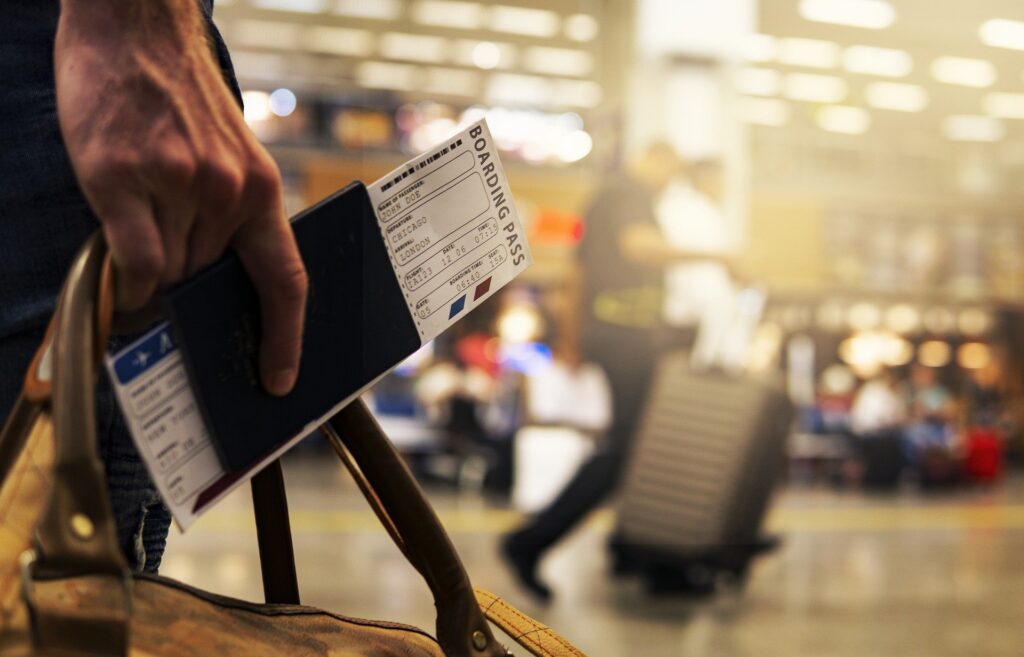With Corona in mind, what should I think about when spending my vacation in Croatia or Italy? Some help on this comes from ÖAMTC.
Italy and Croatia: no other destination in Europe comes close to these two destinations in terms of popularity among Austrians. That’s according to a press release from the ÖAMTC. People whose summer vacation is coming up and who are heading to Italy or Croatia should know about “the currently valid, corona-related regulations for entry and the rules on the ground.”
ÖAMTC tourism expert clarifies.
“The situation can change rapidly depending on the infection figures – therefore it is advisable to inform yourself both at short notice before and during your vacation,” ÖAMTC tourist expert Maria Renner is quoted as saying in the dispatch. “In principle, entry to Italy and Croatia from Austria is possible for adults with a 3G proof, the ‘Green Passport’. Children are required to show proof when entering Italy from the age of six, in Croatia only from the age of twelve.” In any case, those heading to Croatia should note that, as of August 23, 3G proof will be required when passing through Slovenia.
Tested: A negative PCR test, which must have been done a maximum of 72 hours (Croatia) or 48 hours (Italy) before, is needed if you do not want to do an antigen test (must have been done a maximum of 48 hours before). Behind the test must be in any case an official testing center.
Vaccinated: In Italy you need a certificate of complete Corona vaccination with a recognized vaccine. The last single vaccination has to be 14 days or more ago. Differently in Croatia: Here one must have a document for the first partial vaccination. This may have taken place 22 to 42 days previously in the case of Biontech/Pfizer, Moderna or Gamaleya/Sputnik V, or 22 to 84 days previously in the case of AstraZeneca. Alternatively, a receipt for a second partial vaccination that took place less than 270 days ago is also acceptable. One-shot vaccinations must have been received 14 days ago or more.
Recovery: “In Italy, proof of recovery is required, and the positive test result must not be older than 180 days,” says ÖAMTC tourism expert Maria Renner. “In Croatia, the rules are similar – here, an infection must have occurred at least eleven and no more than 180 days ago – or you have been vaccinated once in the six months since recovery.”
Not carrying 3G detection in Croatia or Italy?
But what happens if you arrive in Italy without 3G detection in your luggage? In that case, according to the ÖAMTC press release, you have to go into quarantine for five days, and in addition you have to show a negative test at the end. The situation in Italy is different from that in Croatia. There, one has to take a Corona test and go into home quarantine – and this until a test result is available. If there is no testing, then it is possible to leave home quarantine after ten days.
“In Italy, an online registration by means of a digital passenger localization form, or ‘dPLF’, is also required before travel. For families, it is sufficient if minors are indicated on the adult form,” Renner said. “Registration is recommended for travel to Croatia.”
Italy: indoors not without mouth-nose protection
Those who are indoors in Italy must wear mouth-to-nose protection, while those who are out in public are subject to a 1-meter minimum safety distance. “Since the beginning of August, 3G proof has been required for visits to cinemas, museums or major events, for example, as well as for the indoor areas of restaurants and sports facilities – this applies to adults and children over the age of twelve,” reports the ÖAMTC tourism expert. In addition, according to the release, “As soon as people from different households are traveling in one car, they must all wear mouth-nose protection, the front passenger seat must remain free, and in each additional row of seats, a maximum of two people may sit in the outer seats.” A mask requirement is also in effect in Croatia, affecting adults as well as children at least 11 years old in public transportation, stores, gas stations and other service establishments. The minimum distance is 1.5 meters.
Further information is available from the ÖAMTC vacation service.
— source: vienna.at/picture: pixabay.com
This post has already been read 1235 times!



